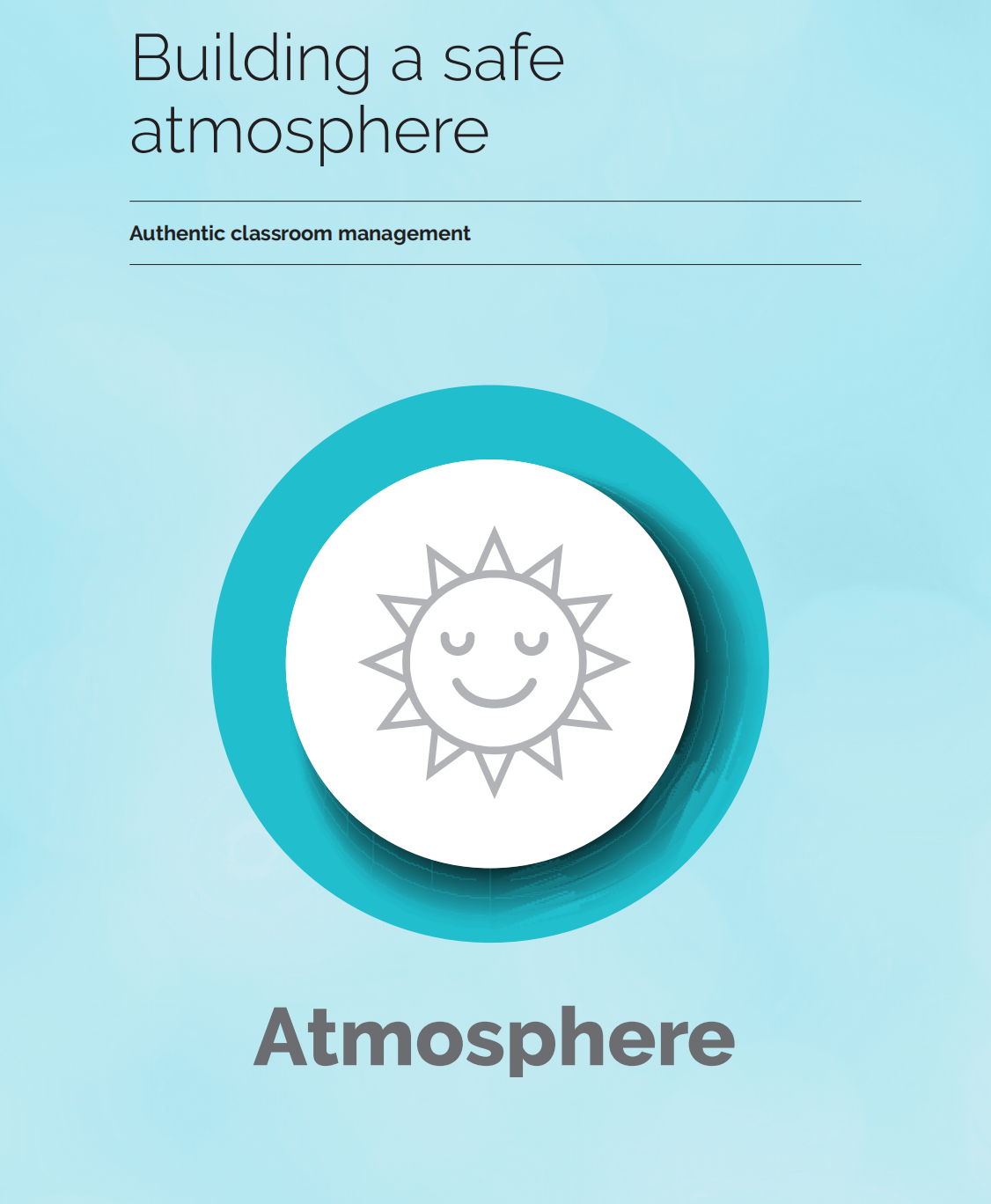Building a Safe Atmosphere
| Site: | Akademie EU |
| Course: | Empathy for Children |
| Book: | Building a Safe Atmosphere |
| Printed by: | Vendég felhasználó |
| Date: | lundi, 14 avril 2025, 7:07 PM |
1. Building a Safe Atmosphere

2. A Positive Learning Environment?
For example, having clearly established classroom rules will help set the tone for a healthy learning environment where students know what is expected of them. Having that structure in place will help students feel safe, allow you to really understand their needs, and promote positive well-being. This applies to students at all levels — elementary, middle, and high school, too!
One thing to keep in mind is that creating a positive learning environment isn’t something you create once and leave as-is. It requires renewed attention every school year.
3. A Positive or Negative Learning Environment?
To really dig into the differences of a positive and negative learning environment, let’s start with some positive learning environment examples:
- Students feel safe to come to school without feeling like they have to act like someone else for acceptance
- When students feel safe in their environment, they’re more willing to take risks in their learning without fear of failing– sometimes we learn best when we fail!
- A true community exists. Students and staff members alike are more engaged and excited to interact with one another under positive circumstances.
In a negative learning environment, you’re going to see more undesirable behaviors such as:
- High levels of student frustration, likely leading to increased disciplinary rates. This could be mitigated by clear classroom management strategies.
- A disconnect between members of the community (ie. staff, students, and parents/guardians), leading to tension and less involvement from parents/guardians in the school environment. High levels of parent involvement have a direct impact on positive learning environments.
- High levels of stress for teachers leading to burnout and anxiety, which research has shown can even cause a physiological anti-stress hormone response in students. Practicing self-care techniques can be a great way to de-stress.
4. The Importance of a Positive Learning Environment
Having a positive learning environment in place takes a great deal of thought and consideration, but there are major benefits that’ll pay off for the hard work that goes into it. For example:
- Research has shown that academic performance is likely to increase
- Students will be more likely to support other students with disabilities
- There will be an increase in positive interactions between students, staff, and parents/guardians
- Stakeholders will appreciate that you take mental health just as seriously as you take student achievement
- Students are more likely to take ownership of their learning experience (also known as self-regulated learning)
- You’ll set the tone for a great school year from the very first week as you build an environment conducive to student development
What can you do to help jumpstart your work in this area?
Keep reading to learn some strategies that you can easily implement to create an environment that’ll build a tightly-knit school community with a positive learning environment at the center of it all.
5. Creating a Positive Learning Environment in the classroom
Classroom activities designed to promote a positive learning environment can be found in the E4C manual in the Essential 4 section.
Teachers should consider which activities best enhance the following aims:
- Building positive relationships with students and parents
- Fostering student connections
- Outlining classroom rules for positive behavior
- Using positive reinforcement
- Ensuring content is culturally relevant
- Keeping a positive mindset
- Creating a comfortable physical environment
- Staying informed on educational research
- Prioritizing social emotional learning
- Planning lessons with motivation in mind
- Providing personalized feedback on assignments
- Sharing the love
- Finding time for fun!